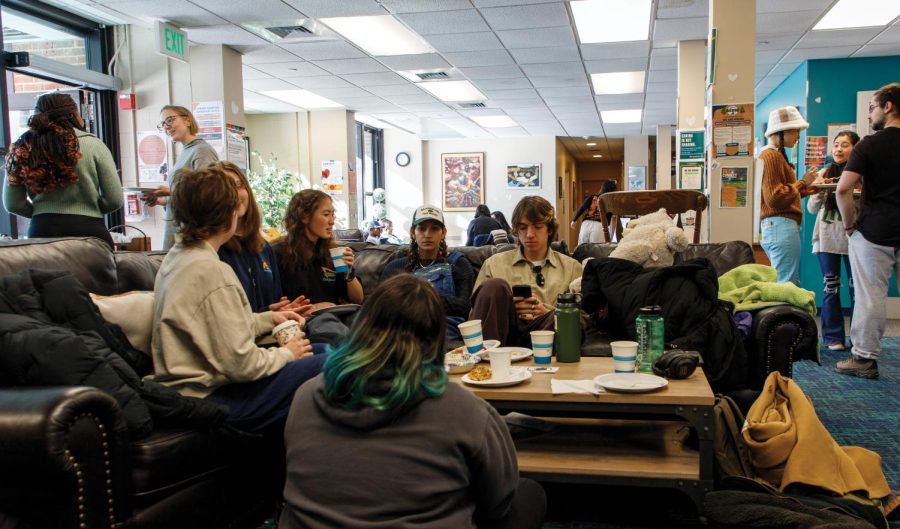The legacy of BIPOC student unions on campus signifies the strength and presence of the BIPOC community at UVM.
For decades, unions such as the Black Student Union, Asian Student Union and Alianza de Latines have been able to establish a widespread presence on campus while simultaneously working to create a space of comfort for BIPOC students at UVM to feel seen and heard.
BSU President Ayden Carpenter, a sophomore, facilitates union meetings as a space for students to feel comfortable around people that look like them and share similar experiences to them.
“It’s where they can just laugh and chuckle at some of the things that just happen because it’s hard being Black when you are one percent of the population,” Carpenter said.
While these student unions can serve as an effective means for BIPOC representation within a predominantly white institution like UVM, generalizations of these communities can be counterproductive.
“There’s a lot of pressure on the students of color on this campus to represent a region or a diaspora or a culture or group of people that no single person on planet Earth is capable of properly representing,” said sophomore Miguel Figueroa, president and historian of Alianza de Latines. “No one is a tapestry of humanity.”
Carpenter said he also feels an overwhelming pressure in his role as BSU president.
“As the face of an organization, I think there are some times where people just view you as the source for all things Black,” Carpenter said. “They’ll ask for help with something or ask for your perspective on something and it’s just like, I can’t answer that. I don’t know.”
Junior Tiffany Mai, president of ASU, shared a similar sentiment.
“[ASU does not] represent an entire country,” Mai said. “Asia is a large, large…
Read the full article here





